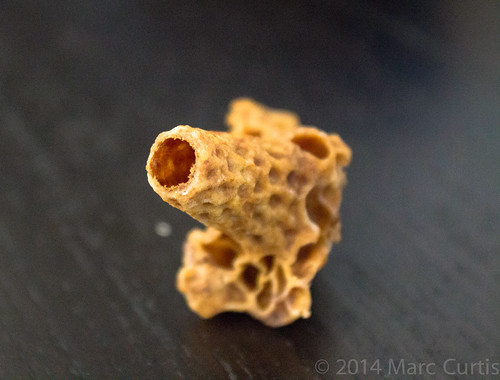canterbury_keeper
New Bee
- Joined
- May 25, 2014
- Messages
- 49
- Reaction score
- 0
- Location
- Canterbury
- Hive Type
- Langstroth
- Number of Hives
- 2
So I posted a while back that I'd lost the queen from one of my hives. Given that half the bees were gone, I assume they swarmed.
My bee supplier said he's give me a new nuc if all else fails (he's a decent chap), however he suggested I try transplanting a section of comb with eggs in it to the hive and see if they draw out queen cells.
They did, so I tore down all but one and waited. My check today shows the cell is empty - so I'm hoping that she's in the hive somewhere (I didnt find her). I'm guessing I'll have to wait another week or so for her to mate.
In the mean time, because there's been no brood for a couple of weeks and won't be for at least another month I have them a frame of brood from the good hive.
I also did a varroa drop count over 6 days on both hives, because I found 2 mites in a drone cell that I damaged when removing the extra queen cells.
I found 8 mites in an 800cm2 area on the board of the good hive and 4 mites on the board from the other hive. I don't think they need treating.
Anyway I'm sure there will be some opinions on what I've been up to - and I'd love to hear them (as long as they don't involve rudeness
M
My bee supplier said he's give me a new nuc if all else fails (he's a decent chap), however he suggested I try transplanting a section of comb with eggs in it to the hive and see if they draw out queen cells.
They did, so I tore down all but one and waited. My check today shows the cell is empty - so I'm hoping that she's in the hive somewhere (I didnt find her). I'm guessing I'll have to wait another week or so for her to mate.
In the mean time, because there's been no brood for a couple of weeks and won't be for at least another month I have them a frame of brood from the good hive.
I also did a varroa drop count over 6 days on both hives, because I found 2 mites in a drone cell that I damaged when removing the extra queen cells.
I found 8 mites in an 800cm2 area on the board of the good hive and 4 mites on the board from the other hive. I don't think they need treating.
Anyway I'm sure there will be some opinions on what I've been up to - and I'd love to hear them (as long as they don't involve rudeness
M



















































